Founded by Alexander the Great in 330 BC, the city of Alexandria became the site of many of the most significant developments in politics, philosophy and religion in the ancient world. This exhibition at Bozar in Brussels (30 September–8 January 2023) looks at the Egyptian city through a contemporary lens, with more than 200 ancient artefacts displayed alongside works by contemporary artists that reflect on the cultural legacy of the city. Among the ancient works on display are marble statues and maps of the city walls; highlights include a bronze equestrian statue of Alexander the Great dating third–second century BC and a poem by the Ancient Greek elegiac poet Hermesianax on papyrus (c. second century BC). The city’s technological advancements captivated artists in later eras, as illustrated by a 16th-century manuscript depicting the Lighthouse of Alexandria. One of the seven wonders of the ancient world, the lighthouse built during the reign of Ptolemy II Philadelphus remained the tallest structure in the world for several centuries. Contemporary works on show include photographs by the Syrian artist Hrair Sarkissian; his series Background depicts empty studio spaces across six Middle Eastern cities including Alexandria, as a means of making visible the gradual loss of religious traditions over time. Find out more on Bozar’s website.
Preview below | View Apollo’s Art Diary here
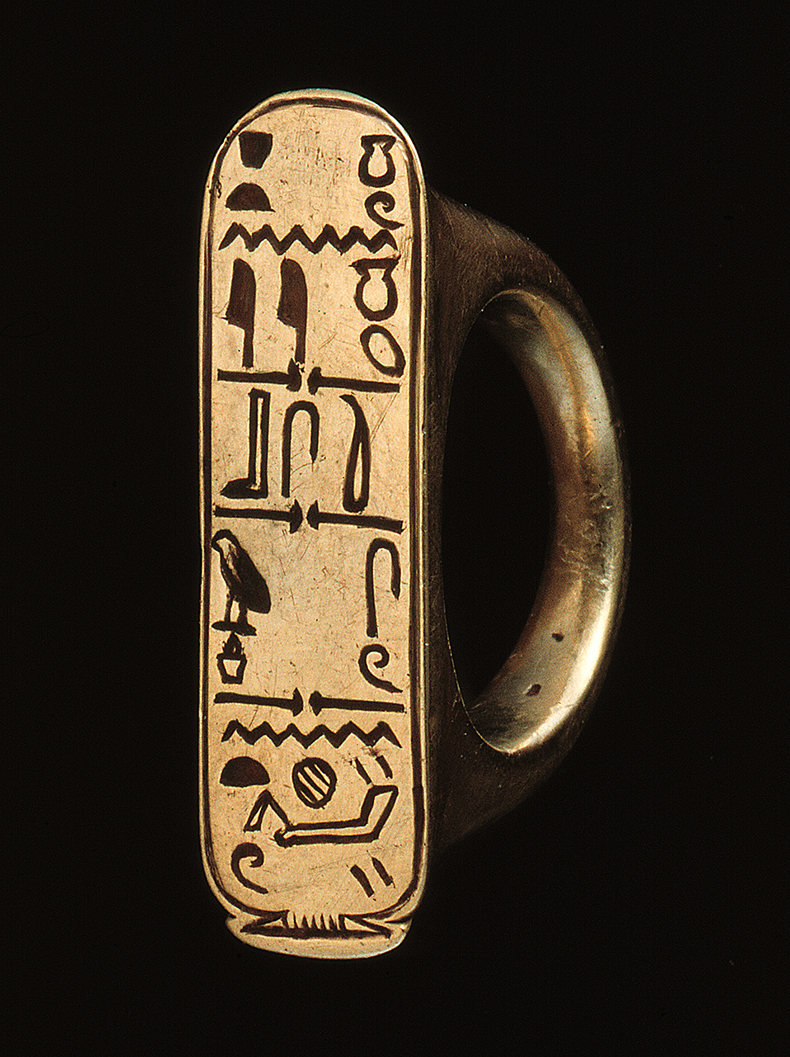
Gold seal ring of Antoninus Pius (c. 2nd century AD). Universitiet van Amsterdam
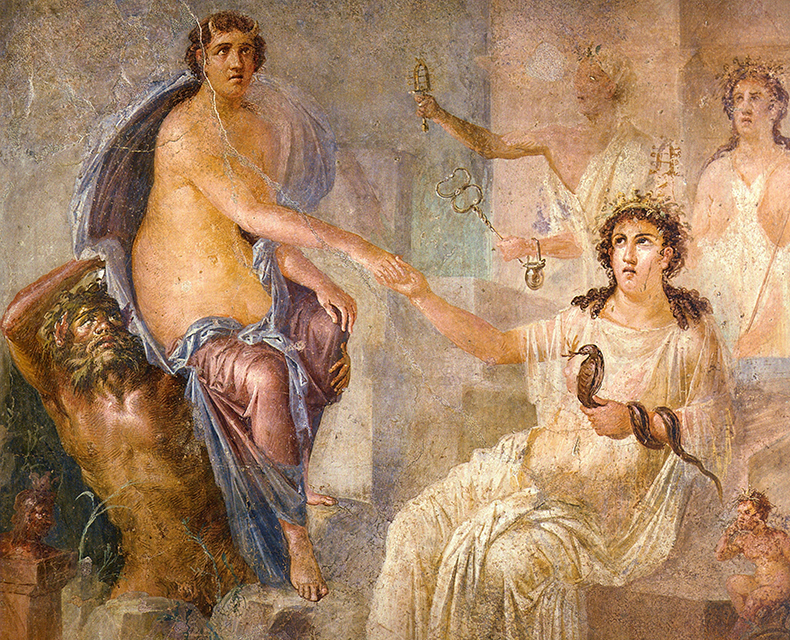
Fresco depicting Io welcomed by Isis at Canopus (1st century AD). Courtesy Museo Archeaologico Nazionale di Napoli
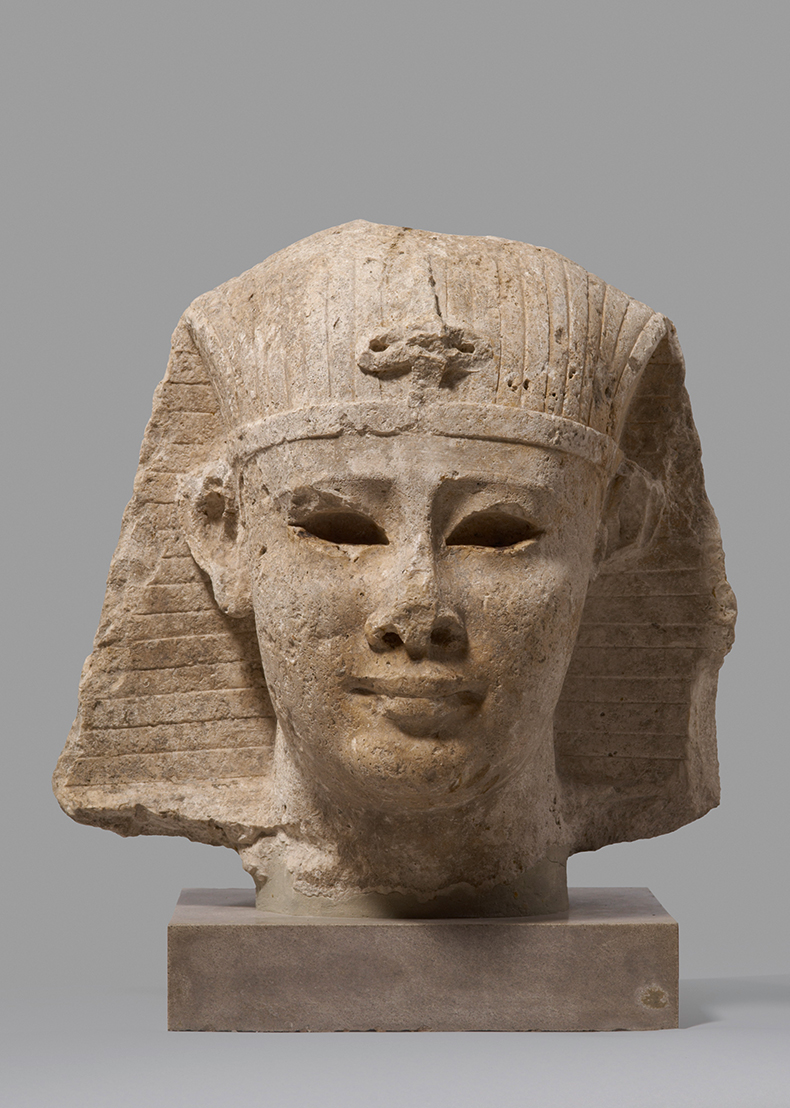
Stone head of Ptolemy (c. 305–222 BC). Kunsthistorisches Museum, Vienna. Photo: © KHM-Museumsverband
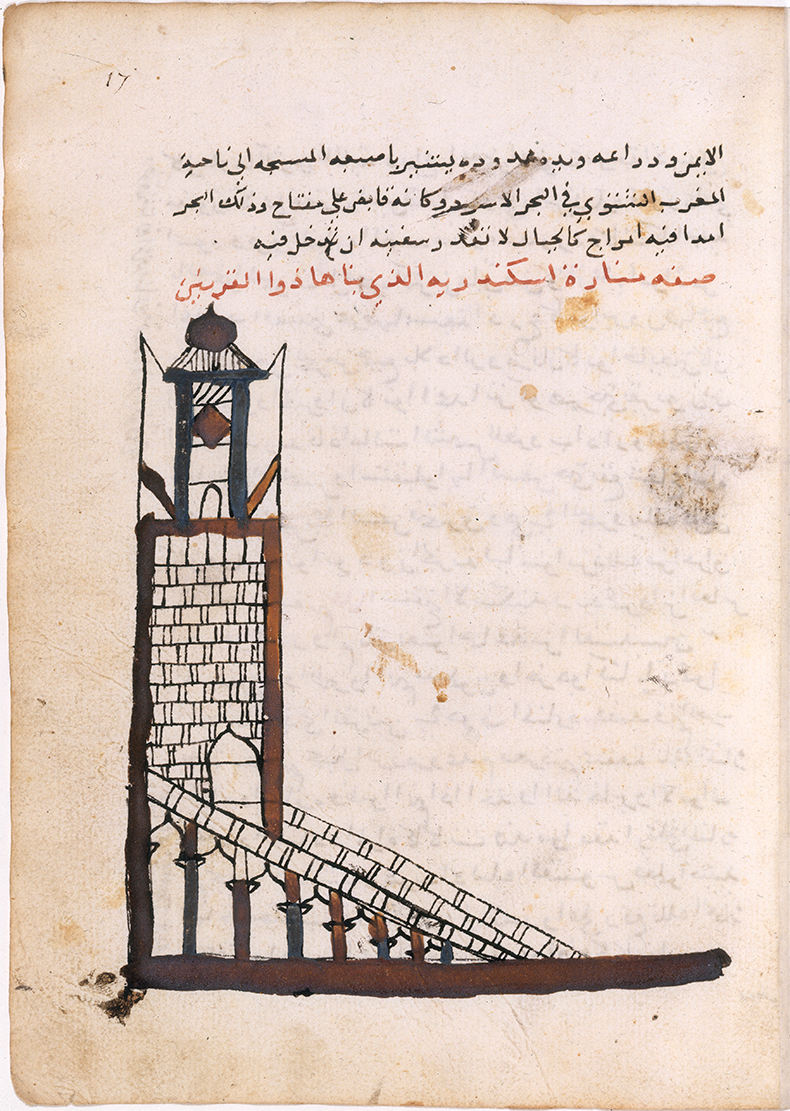
Lighthouse of Alexandria (16th century), Muhammad ibn’Abdal-Rahim Al-Qaysi. Bilbliothèque nationale de France, Paris.
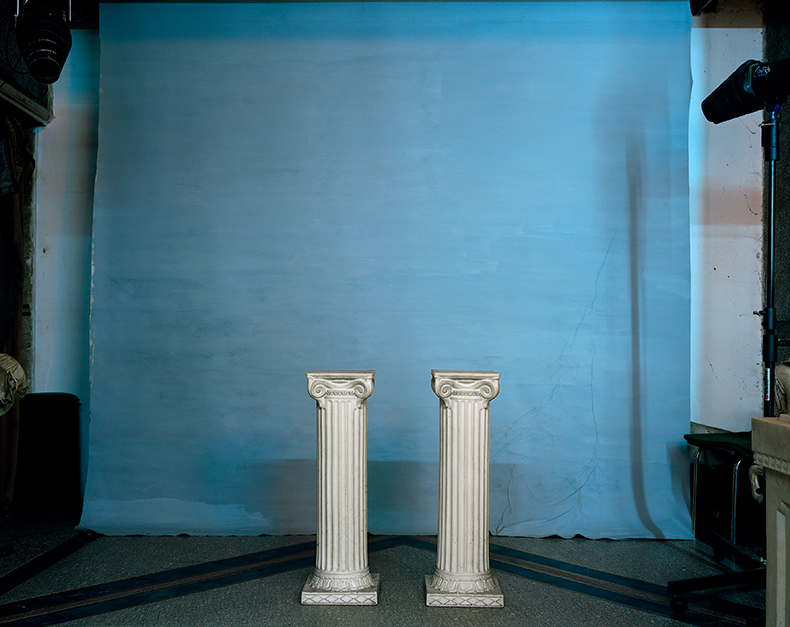
Background (2015), Hrair Sarkissian. © Hrair Sarkissian
Unlimited access from just $16 every 3 months
Subscribe to get unlimited and exclusive access to the top art stories, interviews and exhibition reviews.


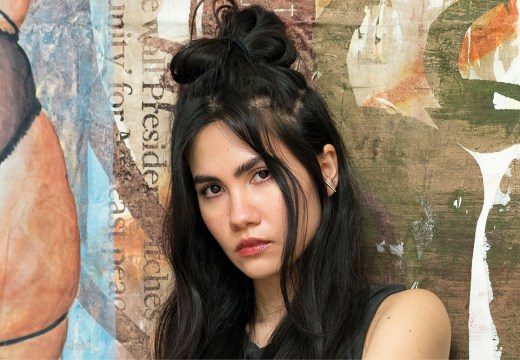
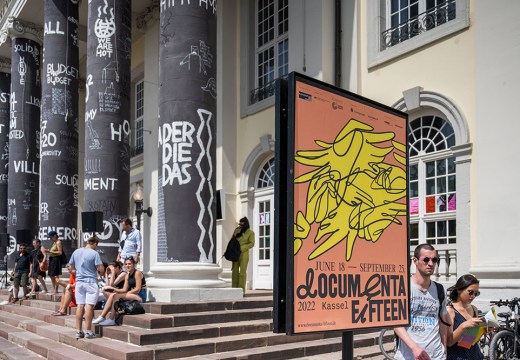
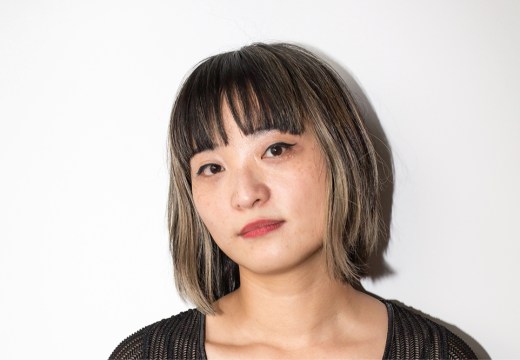









![Masterpiece [Re]discovery 2022. Photo: Ben Fisher Photography, courtesy of Masterpiece London](http://www.apollo-magazine.com/wp-content/uploads/2022/07/MPL2022_4263.jpg)
It’s time for the government of London to return to its rightful home